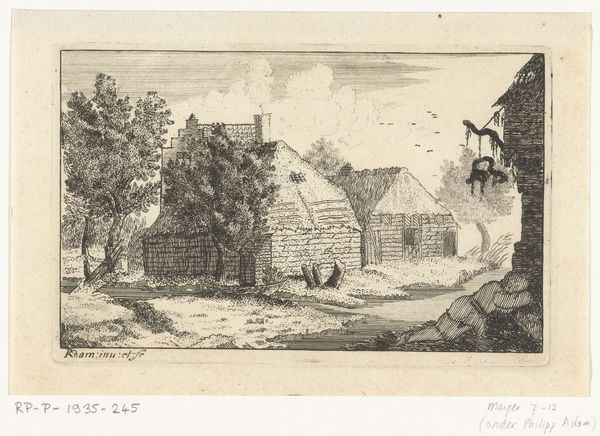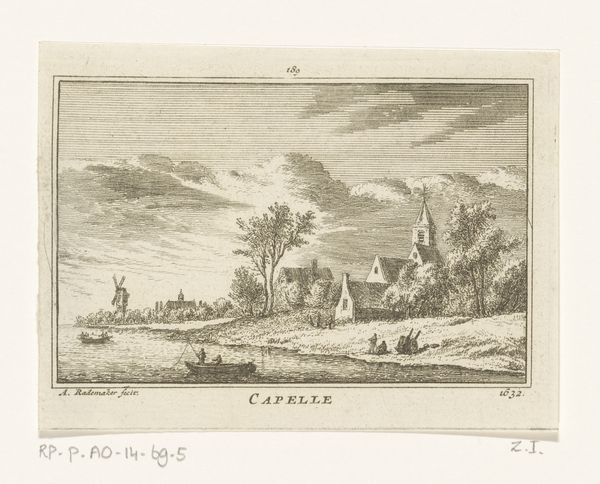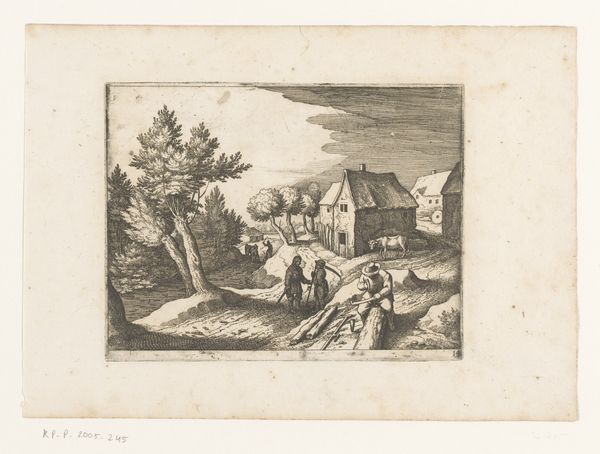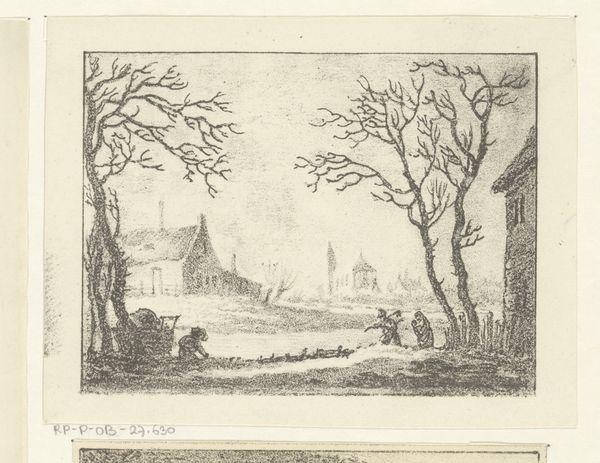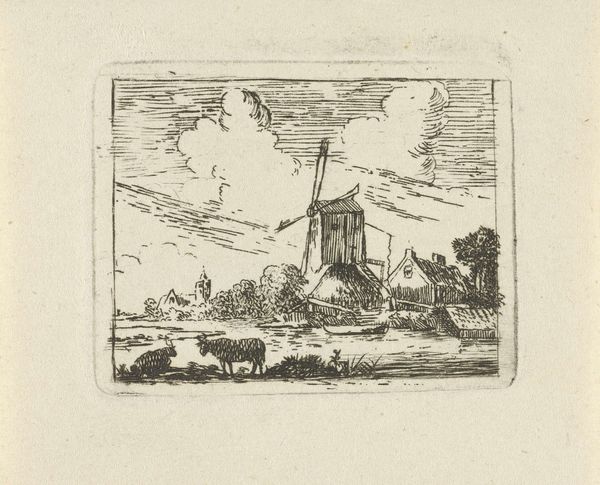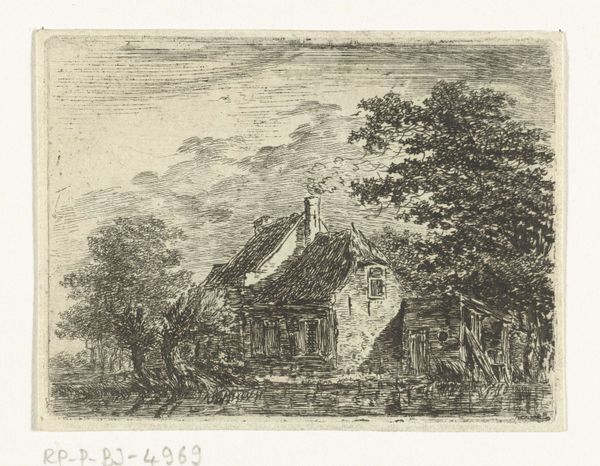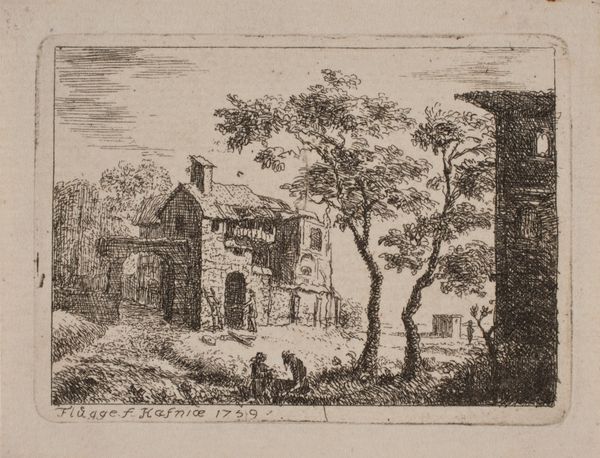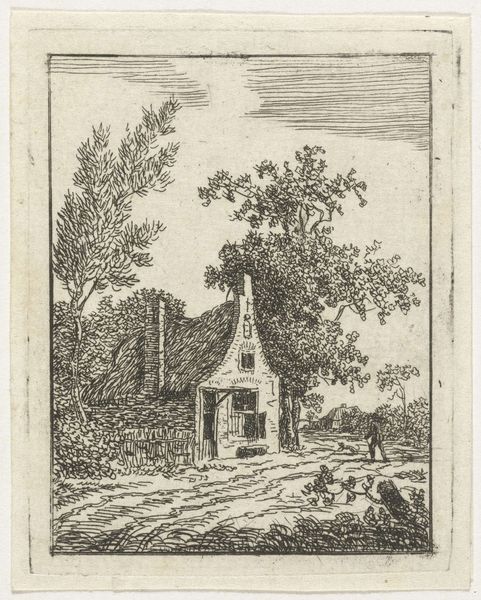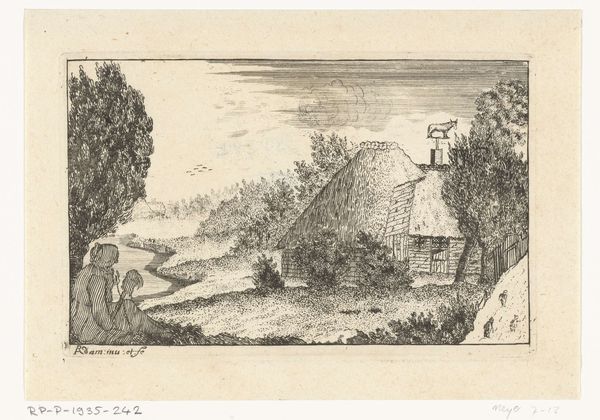
print, engraving
#
dutch-golden-age
# print
#
landscape
#
cityscape
#
engraving
Dimensions: height 80 mm, width 115 mm
Copyright: Rijks Museum: Open Domain
This print shows us the IJssel Gate in IJsselstein, captured in 1631, with an etcher’s needle, by Abraham Rademaker. The gate, a protective portal, stands as a prominent symbol— an archetype across cultures and eras. The symbolism echoes in ancient Roman city gates, like the Porta Nigra, once integral to defense and commerce. Over time, gates evolved beyond practical fortifications, becoming ceremonial markers. Think of the Ishtar Gate of Babylon, adorned with beasts, serving as a grand entrance to the city. The gate isn’t simply a structure; it's a threshold, a psychological boundary. Jung might argue it’s a manifestation of our collective unconscious, embodying the transition from one state to another. The emotional resonance of entering or exiting, of being either confined or liberated, evokes powerful, subconscious reactions, and the cyclical nature of these symbols persists. The gate remains a potent emblem—reshaped, repurposed, yet fundamentally unchanged through the ages.
Comments
No comments
Be the first to comment and join the conversation on the ultimate creative platform.
